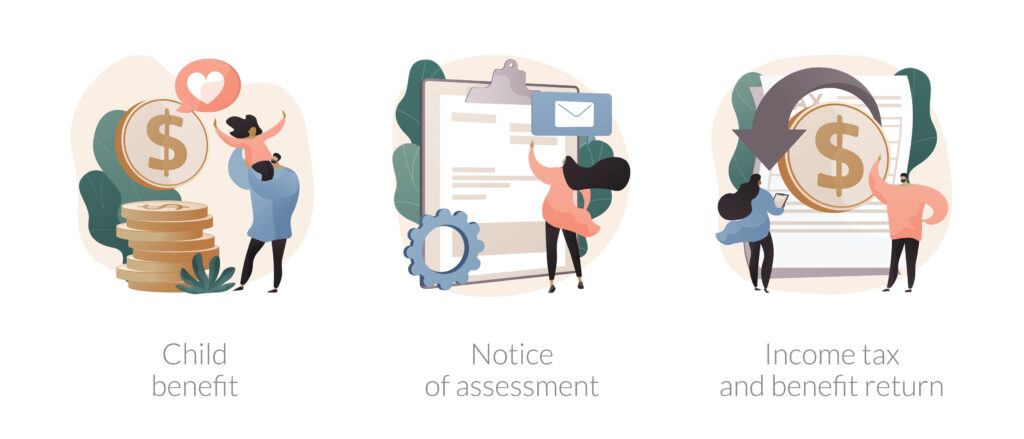Who Really Qualifies as a Dependent for Taxes?

How many dependents do you really have? Who can really be counted as a dependent? These are some of the most common questions that all taxpayers have. Can you count all of your children, live-in help, or perhaps a dog or other family pet? What about a friend who decides to crash at your place and basically mooch off you the entire year; can he or she be counted as a dependent?
As far as the IRS is concerned, there are two different kinds of dependents but there are dozens of scenarios that can fall under these two categories. There are also different rules for each type. The first type of dependent is classified as a qualifying child. The second type is a qualifying relative.
A qualifying child must be related to you, either by birth or adoption, or be a step or foster child. You must also provide more than half of the child’s total financial support and you can be the only person claiming that child on your return. To be a dependent the child must also be 18-years-old or younger, or if he or she is a full-time student, younger than 24-years-old.
The rules for being counted as a qualifying relative are much different. First, if your relative is a blood relative then he or she does not have to live with you in order to be counted. However, he or she must not provide more than half of his or her own support and that person cannot make more than $4000.
For a person who is not a blood relative to qualify as a dependent – like a lifelong friend who is down on his/her luck, or just plain lazy, or even your significant other – that person must live with you the entire year and their income must be less than $4,000 for the entire year. No one else can claim the person and you have to provide more than half of his or her financial support.
Updating Your Estate Plan
Updating Your Estate Plan It’s a good idea to update your estate plan every few years or after the occurrence of significant life events such as marriage, divorce, the birth of a child, or adoption. Even if you haven’t experienced any of these events since you last updated your estate plan, there may have been…
Where Should You Keep Your Will?
Where Should You Keep Your Will? Planning your estate takes a considerable amount of time and effort. First, you must inventory what you own and decide how to divide your assets among your loved ones. Then you meet with your advisers—attorney, accountant, trust officer, insurance agent—to formalize your plans. Because you are conscientious, you review…
Will Contests: A Good Offense is the Best Defense
Will Contests: A Good Offense is the Best Defense When an elderly grandmother leaves all of her assets to a new beau, or Dad leaves everything to the child who visited most in the nursing home, a will challenge may be in the offing. Will contests generally are brought by unhappy family members who feel…
Capital Gains: Determining Your Tax Basis
Capital Gains: Determining Your Tax Basis The two chief forms of income for most people are “earned” and “unearned” income. Earned income (generally, your compensation for work that you do) is taxed at rates beginning at 10% and rising to 38.6% (in 2003). Capital gain, the income earned from your investments, receives preferential treatment. The…


